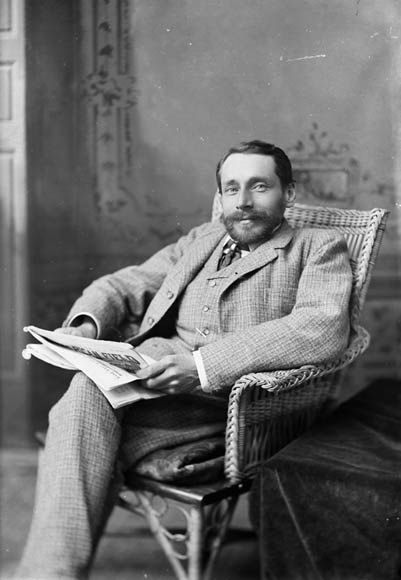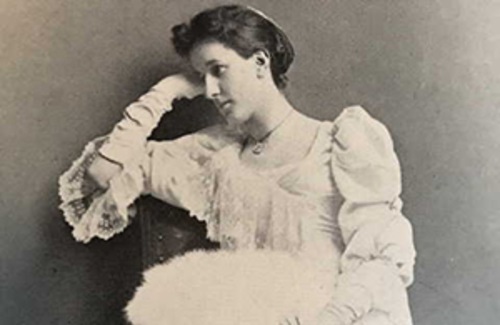George Mercer Dawson, geologist (born 1 August 1849 in Pictou, NS; died 2 March 1901 in Ottawa, ON). George Dawson was the son of Sir John William Dawson. He studied at McGill, then at the Royal School of Mines in London, UK. He later worked for the Geological Survey of Canada and mapped large swaths of Canada’s geological and mineral resources.

Early Life
George Mercer Dawson was born in Nova Scotia, where he lived until 1855, when his father, Sir John William Dawson, became principal of McGill College in Montreal. Growing up in Montreal around the McGill campus cemented in Dawson a love for the natural world.
In 1858, Dawson became severely ill with Pott’s disease, a type of tuberculosis which impacts the spine. This illness left Dawson disabled with a spinal curvature, stunted growth and recurrent headaches.
Dawson would continue his studies and attended McGill College. He later enrolled in the Royal School of Mines in London, UK, where he studied natural history, paleontology, chemistry, mining and metallurgy, amongst other fields.
Career
George Mercer Dawson first became widely known for his work as a geologist and botanist to the International Boundary Commission, which surveyed the forty-ninth parallel from Lake of the Woods to the Canadian Rocky Mountains in 1873–1875. He accurately reported on the geology, mineral resources, agriculture and climate, including locust invasions, of the western plains.
In 1875, George Mercer Dawson joined the Geological Survey of Canada. His survey of British Columbia strongly influenced government decisions on the proposed route of the Canadian Pacific Railway. A charter Royal Society of Canada member (1882), Dawson, by 1883, was assistant director of the Geological Survey of Canada. In 1887, he surveyed the Alaska boundary at the Yukon River and investigated gold discoveries there. In 1892, he became British commissioner on Bering Sea natural resources, and in 1896, a member of the Ethnological Survey of Canada. He was also the Geological Survey of Canada director from 1895 to 1901.
Dawson's systematic mapping provided a strong basis for understanding the geology and mineral resources of much of northern and western Canada, and offered reliable guidance to mining, ranching, agricultural and lumbering industries. He also encouraged the investigation and development of western coal and petroleum resources. The first comprehensive work on Canada's physiography, Descriptive Sketch of the Physical Geography and Geology of the Dominion of Canada, was published by Dawson and A.R.C. Selwyn (1884).
Throughout his life, Dawson also showed great interest in paleontology, anthropology and other fields of research. He initiated various national collections in zoology and laid the foundations for the ethnological department of the Canadian Museum of History. Much of his work in anthropology and ethnology stemmed from his time visiting the Haida.
Death
George Dawson died on 2 March 1901 in Ottawa due to bronchitis. His death occurred only 15 months after the death of his father, Sir John William Dawson.

 Share on Facebook
Share on Facebook Share on X
Share on X Share by Email
Share by Email Share on Google Classroom
Share on Google Classroom



